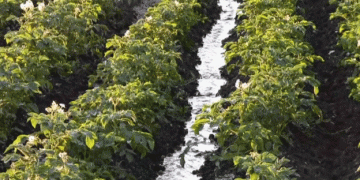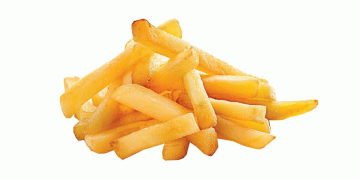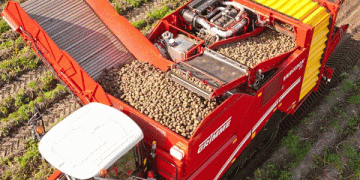Scientists at the University of Utah have announced ambitious plans – today work is underway to create fertilizers based on nanotechnology. Experts note that the innovative fertilizer will not only reduce greenhouse gas emissions, but also reduce the amount of “classic” mineral fertilizers applied to crops by 75%.
The results of the work of scientists and their research aimed at confirming the effectiveness of nanofertilizers were published in the December issue of the journal Nature Food.
agropages.comPhoto:agropages.comA research team at the University of Utah has developed a nanotech fertilizer that is more effective than traditional fertilizer.
“Conventional fertilizers and pesticides are inextricably linked to high levels of greenhouse gas emissions and serious environmental pollution. Nanofertilizers and nanopesticides prove their effectiveness and work on the same principle as conventional fertilizers and agrochemicals. The only difference is that non-fertilizer particles bind the main a.i. and deliver them purposefully to plants, thereby reducing the negative impact on the environment,” the study says.
Scientists note that the effectiveness of nanotechnological fertilizers will depend entirely on the crop or plant for which they are applied.
For some crops, the volume of mineral nutrition due to the introduction of nanofertilizers decreased by 30%, for others – by 50-75%.
Innovative fertilizers are not yet ready to enter the commercial market. However, there is strong evidence that “innovation in agrochemicals with nanotechnology represents a significant step forward towards sustainable agriculture and food production,” the study says.
Research into the new product is ongoing. Further work of scientists will be aimed at improving the efficiency of the nanoformula. The developers plan to create a universal product that could be used on most crops,
In parallel with the development of nanofertilizers, scientists at the University of Utah are developing nanoparticles to clean runoff from pollutants and hazardous salts, and then use the water for irrigation.
Based on materials from KSL.com.






